Magazine | Interviews
Martijn Versluijs nous décrit les effets des feux de forêt sur la population et sur le comportement de nourrissage du Pic tridactyle

Martijn Versluijs à Bjurnholm (Suède) en septembre 2019. Ce biologiste étudie les effets de la gestion forestière sur les communautés aviaires dans les forêts boréales de Fennoscandie.
Photographie : Tatiana Kuznetsova
Introduction
La Suède est connue pour ses vastes forêts boréales, qui occupent près de 70 % de son territoire, qui ont permis le développement d’une importance industrie papetière et de production de bois. Toutefois, la taïga naturelle, ou en tout cas proche de son état originel, c’est-à-dire comprenant des arbres de tous âges et de toutes tailles et riche en bois mort, en mousses et en champignons, est devenue rare : on estime que le pays ne compte plus que 3,4 millions d’hectares âgés de plus de 140 ans, soit moins de 13 % de la surface boisée totale. En dehors des parcs et des réserves, la forêt ressemble plus à une plantation qu’à un écosystème naturel. Or plusieurs oiseaux ont besoin d’arbres morts ou dépérissants pour se nourrir : c’est le cas du Pic tridactyle (Picoides tridactylus), qui est désormais inscrit sur la Liste rouge des espèces menacées de Suède.
Avec le réchauffement climatique, la fréquence des incendies a tendance à augmenter dans la taïga depuis les vingt dernières années, brûlant parfois de vastes surfaces. En tuant et en affaiblissant de nombreux arbres, ces feux modifient profondément l’habitat, favorisant notamment l’installation et la prolifération des insectes xylophages, qui à leur tour servent de nourriture à différents oiseaux, dont le Pic tridactyle. Dans les années qui suivent le passage du feu, on assiste ainsi à une augmentation du nombre de ces oiseaux.
Dans un article publié en 2022 dans la revue Ardea, Martin Versluijs, Grzegorz Mikusiński et Jean-Michel Roberge ont étudié le comportement de nourrissage du Pic tridactyle et l’évolution de sa population dans une zone boisée de plus de 13 000 hectares située dans la province suédoise du Västmanland qui avait été touchée en 2014 par un gigantesque incendie.
Après une synthèse des principaux résultats obtenus, nous vous proposons une interview de Martijn Versluijs, membre du laboratoire d’ornithologie de l’université d’Helsinki (Finlande) et du département des études zoologiques et environnementales de l’Université suédoise des sciences agricoles, qui nous en dit plus sur l’impact du feu sur le Pic tridactyle dans les forêts boréales.
Abstract
Sweden is known for its vast boreal forests, which occupy almost 70% of its territory, which have allowed the development of an important paper and wood production industries. However, the natural (or in any case close to its original state) taiga, that is to say comprising trees of all ages and sizes belonging to several species and rich in dead wood, mosses and fungi, has become rare in this country: it is estimated that only has 3.4 million hectares are over 140 years old, i.e. less than 13% of the total forest area. Outside parks and reserves, the forest looks more like plantations than a complex ecosystem. However, several birds need dead or dying trees for food: this is the case of the Three-toed Woodpecker (Picoides triactylus), which is now listed on the Swedish Red List of Threatened Species.
With global warming, the frequency of fires has tended to increase over the past twenty years, sometimes burning large areas. By weakening many trees, these fires profoundly modify the ecosystem, favoring in particular the installation of xylophagous insects, which in turn serve as food for several birds, including the Three-toed Woodpecker. In the years following the passage of the fire, on can see an increase in the number of these birds. In an article published in 2022 in the Ardea journal, Martijn Versluijs, Grzegorz Mikusiński and Jean-Michel Roberge studied the feeding behavior of the Three-toed Woodpecker and the evolution of its population over the years in a wooded area of more than 13,000 hectares located in the Swedish province of Västmanland that was affected in 2014 by a gigantic fire.
After a summary of the main results obtained, we propose you an interview with Martijn Versluijs (Helsinki Lab of Ornithology of the University of Helsinki and Department of Wildlife, Fish, and Environmental Studies of the Swedish University of Agricultural Sciences), who tells us more about the impact of fire on the Three-toed Woodpecker in boreal forests.
Poursuivez la lecture de cet article, en vous abonnant dès maintenant !
Découvrez les Archives d’Ornithomedia.com
Pour seulement 10,00 €TTC/an (ou 6,00 € les 6 mois)
Profitez de plusieurs centaines d’articles en accès illimité et sans aucun engagement.
Compléments
Ouvrages recommandés
- Guide du Routard Danemark, Suède 2019/20 du Guide du Routard
- Carte routière : Suède Nord (Nord) de Cartes Kümmerly + Frey
- DVD Watching Birds in Scandinavia – Migration, Breeding and Resting Areas in Norway, Sweden, Finland and Denmark
Dans la galerie d’Ornithomedia.com
Pic tridactyle (Picoides tridactylus)
Sources
- Martijn Versluijs, Grzegorz Mikusinski et Jean-Michel Roberge (2022). Foraging behaviour of the Eurasian Three-toed Woodpecker Picoides tridactylus in its peak abundance after wildfire. Ardea. Volume : 110. Numéro : 1. www.researchgate.net
- M. Versluijs, S. Eggers, G. Mikusiński, J.-M. Roberge et J. Hjältén. 2020. Foraging behavior of the Eurasian Three-toed Woodpecker (Picoides tridactylus) and its implications for ecological restoration and sustainable boreal forest management. Avian Conservation and Ecology. Volume : 15.
- L. Gustafsson, M. Berglind, A. Granström, A. Grelle, G. Isacsson, P. Kjellander, S. Larsson, M. Lindh, L. B. Pettersson, J. Strengbom, B. Stridh, T. Sävström, G. Thor, L.-O. Wikars, et G. Mikusiński (2019). Rapid ecological response and intensified knowledge accumulation following a north European mega-fire. Scandinavian Journal of Forest Research. Volume : 34. Pages :234-253.
- G. Pasinelli (2000). Sexual dimorphism and foraging niche partitioning in the Middle Spotted Woodpecker Dendrocopos medius. Ibis. Volume : 142. Pages :635-644.




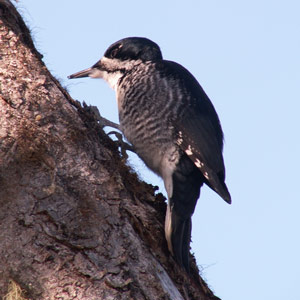
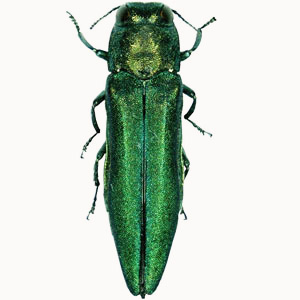
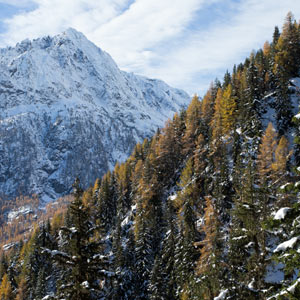

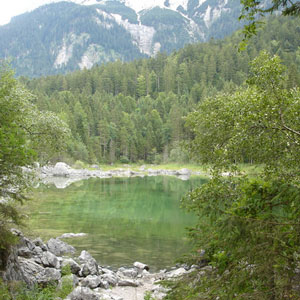
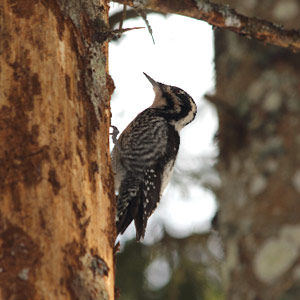
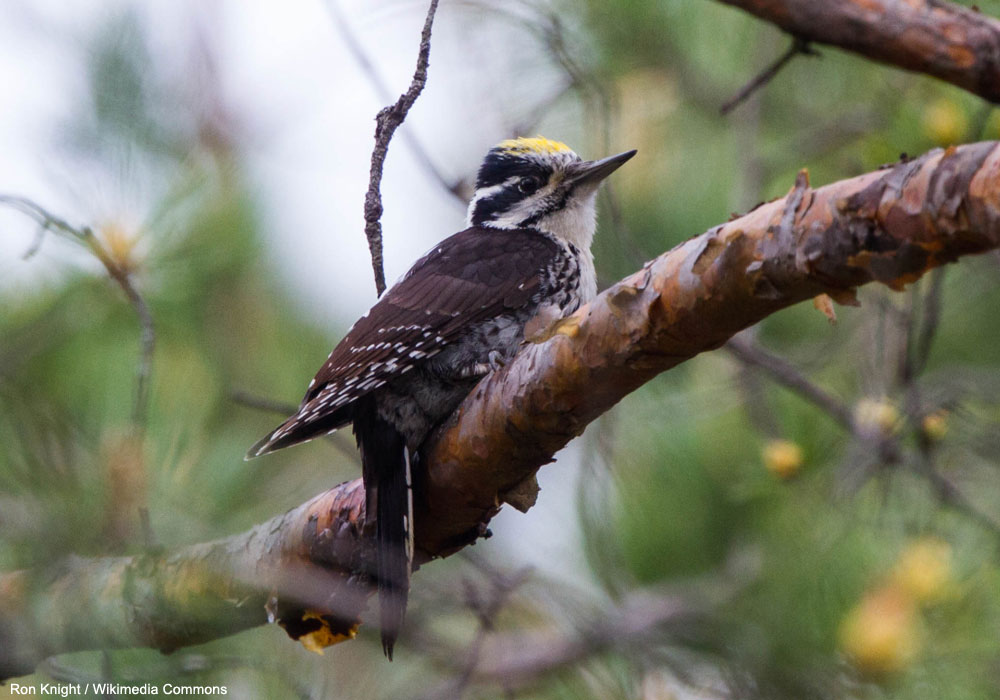

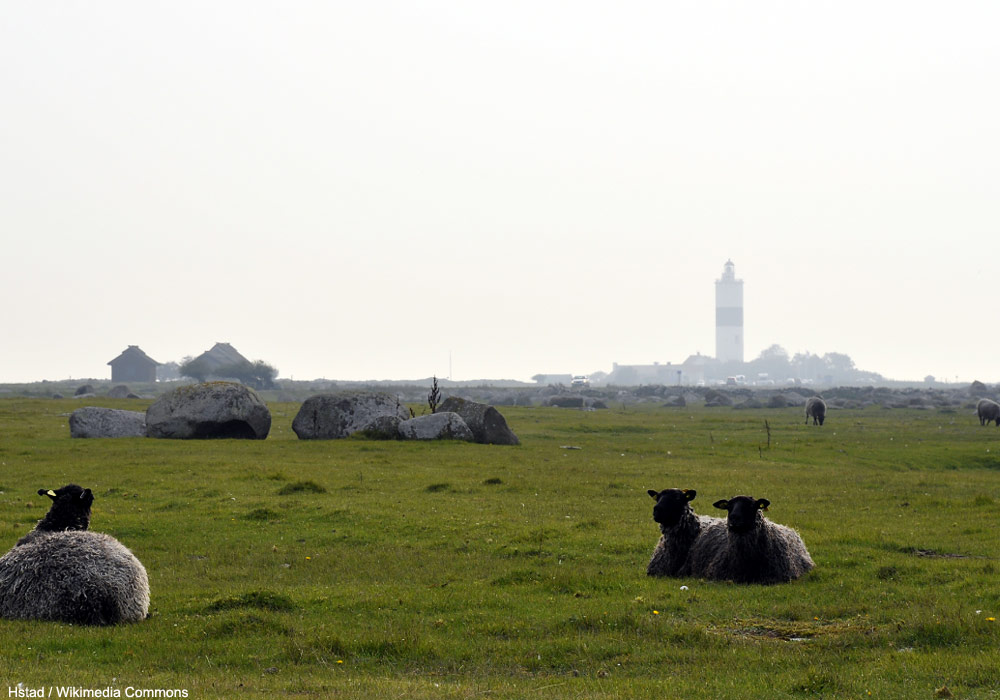
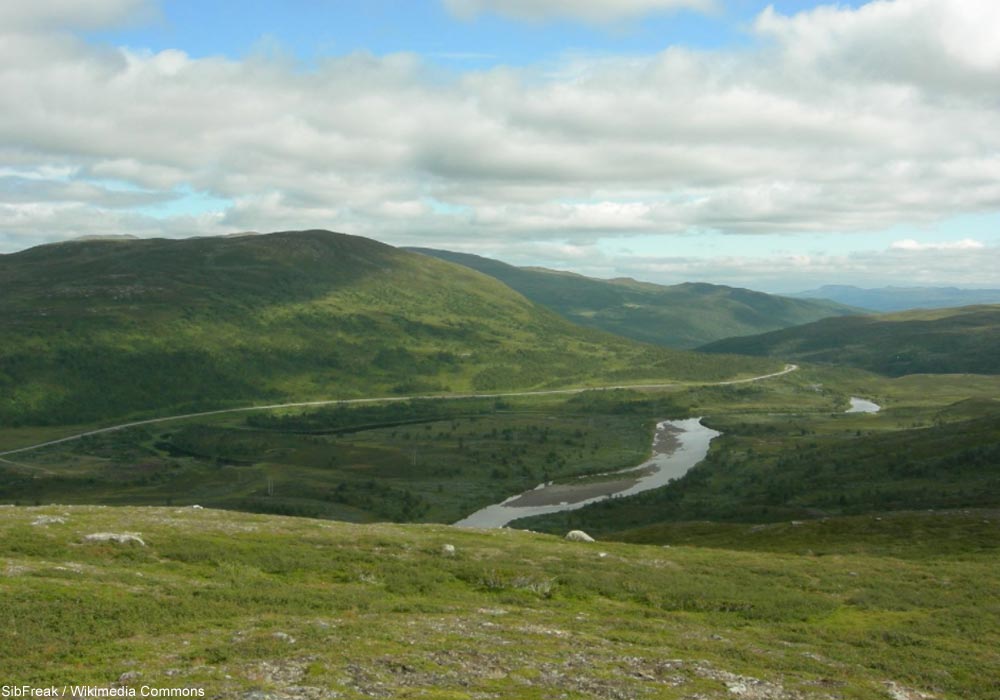
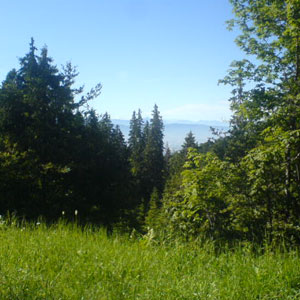
Aucun commentaire sur ce sujet
Participer à la discussion !